This generic diagnostic trouble code (DTC) applies to many OBD-II vehicles manufactured from 1996 onwards, and includes a variety of makes such as Toyota, Dodge, Ford, Chevy, Honda and Jeep. While the diagnosis is generic in nature, exact repair steps may vary depending on the year, make and model of the vehicle. Furthermore, powertrain should also be taken into consideration when attempting repairs.
When a code P219A is stored in the powertrain control module (PCM), it means that the PCM has detected an air to fuel ratio imbalance for the bank of the engine which contains the number one cylinder. This can be caused by faulty oxygen sensors or other components related to air intake and fuel delivery in this particular engine. Proper diagnosis and repair of these issues should be done by a certified mechanic as soon as possible in order to avoid further damage due to incorrect functioning.
The PCM monitors the air to fuel ratio for each engine bank by utilizing data from heated exhaust oxygen sensors, also known as air fuel sensors. This method is used in order to ensure optimal performance and efficiency of the engine. The heated exhaust oxygen sensor helps provide information on how much oxygen is present in the vehicle's exhaust system, which can then be compared against what was expected based on the computer-controlled fuel injection system. Through this process, any inconsistencies or issues are identified in real time and corrective measures can be taken swiftly.
The oxygen sensor is a device comprised of a zirconium dioxide sensing element housed in a vented steel housing, with tiny platinum electrodes connecting it to the oxygen sensor wiring harness connector that plugs into the controller area network (CAN) and further connects the harness to the PCM connector. This design allows for efficient communication between all necessary components.
The oxygen sensor is often threaded or studded into an exhaust pipe in order to ensure that the sensing element is close to the center of the pipe. As spent exhaust gases leave the combustion chamber and pass through the remainder of the exhaust system, they are directed over these sensors. To facilitate this process, vent holes are incorporated within the steel housing of each sensor so that swirling ambient air can enter it. This air ultimately fills a tiny chamber inside where it is heated, which causes oxygen ions to produce energy registered by a PCM as voltage.
The variations of oxygen ions between ambient air and the exhaust cause a swift, repetitive motion inside an O2 sensor. As these ions shift between the platinum layers, changes in output voltage are seen by the PCM. This allows for monitoring of concentration levels as lean or rich conditions based on the voltage signals sent from the oxygen sensors; higher outputs indicate lower concentrations while lower outputs signify richer concentrations.
If the Powertrain Control Module (PCM) detects an imbalance in the air to fuel ratio for a particular bank of the engine, it will store code P219A and may illuminate a Malfunction Indicator Lamp (MIL). In most vehicles, multiple ignition cycles with a failure are needed before MIL illumination.
What is the severity of this DTC?
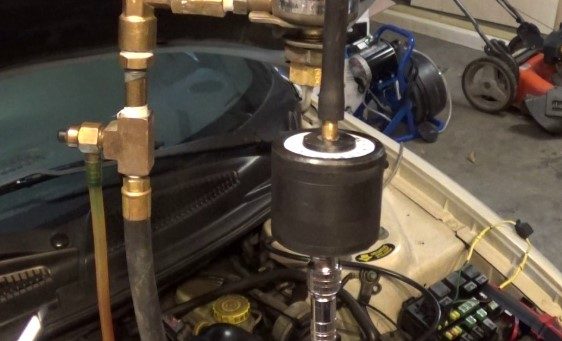
It is important to recognize that an incorrect air to fuel ratio can be the result of either excessive air or insufficient fuel. The code P219A should always be considered severe and rectified quickly in order for it not to cause any further issues. Failure to do so could result in serious engine damage and costly repairs.
You'll likely see symptoms of a P219A trouble code whenever your engine light comes on:
- Diminished fuel efficiency
- The lack of general engine performance
- Lean or Rich Misfire Codes
- Service engine soon lamp illumination
What are some of the common causes of the code?
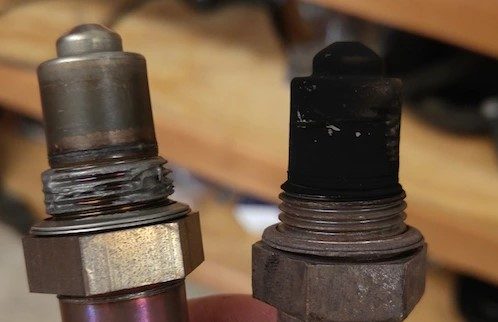
Causes for this error code may include:
- Engine vacuum leak (large)
- Defective oxygen sensor/s
- Burnt, chafed, broken, or disconnected wiring and/or connectors
- The engine is leaking smoke.
- A mass air flow sensor or manifold air pressure sensor that's faulty
- Bad fuel pump or clogged fuel filter
What are some P219A troubleshooting steps?
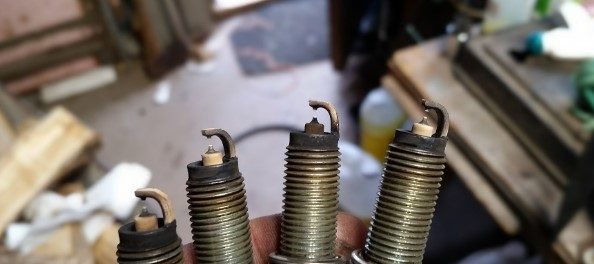
Before attempting to diagnose a code P219A, it is important to ensure that all misfire codes, throttle position sensor codes, manifold air pressure codes and mass air flow sensor codes have been addressed. Furthermore, the engine should be running smoothly and efficiently; if either a rich or lean condition exists it must be repaired as this may be the cause of the P219A being stored. Failure to do so could result in incorrect diagnosis of various issues with the vehicle.
In order to accurately diagnose a code P219A, it is necessary to have a diagnostic scanner, a digital volt/ohmmeter (DVOM), and an up-to-date source of reliable vehicle information on hand. The right tools are essential for properly diagnosing the problem in order to provide an optimal repair solution.
Taking the time to search for Technical Service Bulletins (TSBs) that match the stored codes, vehicle information (year, make, model, and engine), and symptoms exhibited can be a great way of saving time in diagnosing a problem. This information is often available through a vehicle's source of information. If you find the right TSB then it could provide an efficient solution to your diagnosis.
The technician should then connect the scanner to the vehicle diagnostic port and retrieve all stored codes and pertinent freeze frame data, writing this information down in case the code proves to be an intermittent one. To complete the process, they must then clear the codes before taking a test drive until either the code is restored or until readiness mode has been achieved by the PCM.
If the PCM enters readiness mode at this point, the code may be more difficult to diagnose because it is intermittent. In this case, it would be necessary for the condition that caused P219A to be stored to worsen before an accurate diagnosis can be made. If the code is restored, however, then further steps should be taken in order to make a definitive diagnosis.
The source of vehicle information can provide a wide range of materials relating to the particular code and vehicle in question, such as connector face views, connector pinout charts, component locator charts, wiring diagrams and diagnostic flow charts. All these documents are invaluable for understanding how the code and vehicle interact with each other.
The technician should perform a visual inspection of the related wiring and connectors to ensure they are in good condition. If any damage such as cuts, burns, or wear is noticed, then the technician should repair or replace them accordingly. It is important for safety reasons that all wiring and connectors work correctly before proceeding with further tasks.
It is recommended that if the engine is running smoothly and the code P219A/P219B continues to be reset, the engine should be started and allowed to reach normal operating temperature. Furthermore, when idling (with either neutral or park selected on the transmission), a scanner should be connected to the vehicle's diagnostic port in order to observe oxygen sensor input data from within the data stream. To ensure quicker response times, it is important that only applicable information be included in this scan.
If the oxygen sensors are functioning normally, once the Powertrain Control Module (PCM) enters closed loop operation, voltage on pre-catalytic converter oxygen sensors will cycle continuously between 1 and 900 millivolts. Post-catalytic converter oxygen sensors also cycle between 1 and 900 millivolts but settle at a certain point and remain more stable than pre-catalytic converters. When an oxygen sensor fails to cycle adequately, it should be considered defective if the engine is in good working condition.
In most cases, rectifying this code will involve correcting a running engine that is either too rich or too lean. It is important to ensure that the right balance of fuel and air is present in the combustion chamber for optimal performance. To do this, an experienced technician may need to assess the vehicle's current state and make adjustments accordingly. Additionally, they may need to take preventive measures such as replacing spark plugs and filters regularly or checking for any blockages in the exhaust system.
Was this page helpful?

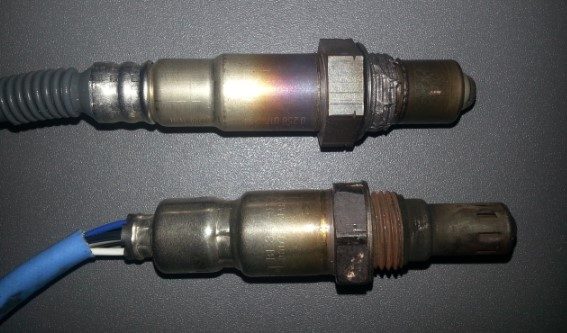
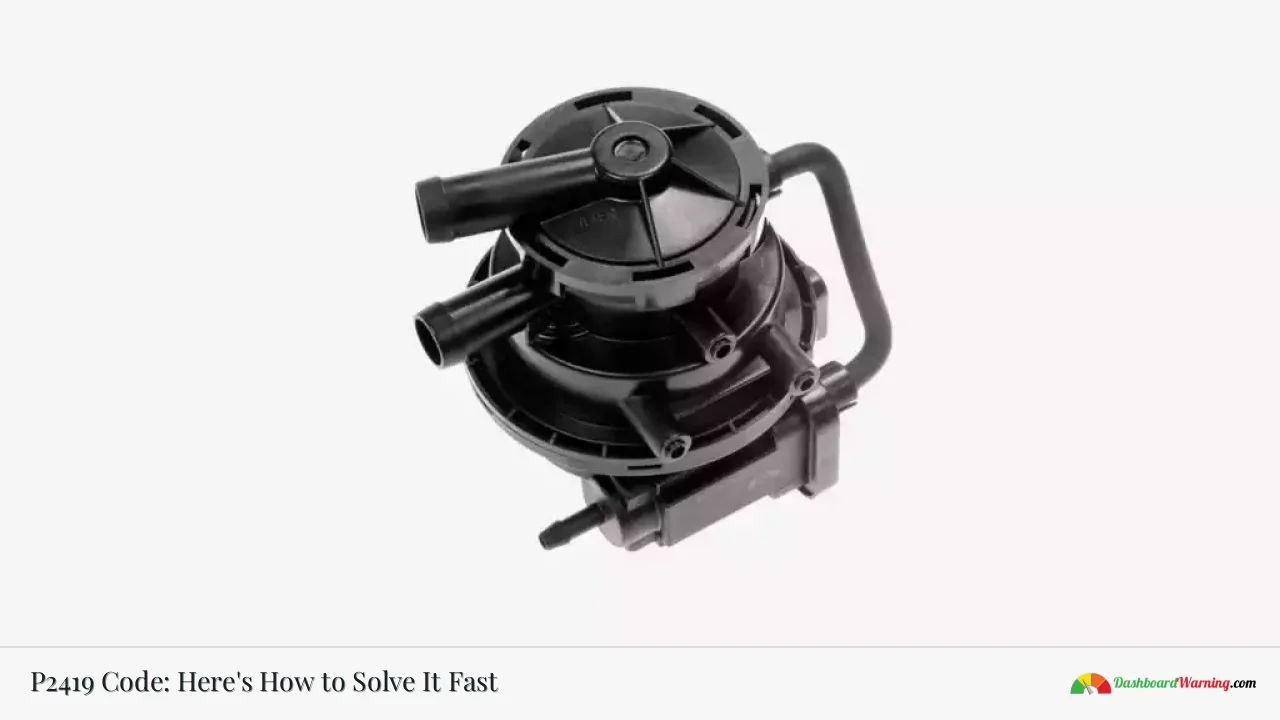

is it possible that an aftermarket ho2 sensor can set this code already replaced injectors and plugs and intake gaskets.engine is running good no other codes set. taKES 35 miles to reset
Thank you for your comment and sharing your experience. Based on the article, the P219A code indicates an air to fuel ratio imbalance for the bank of the engine which contains the number one cylinder. This imbalance can indeed be caused by faulty oxygen sensors, among other components related to air intake and fuel delivery.
To address your specific concern about the aftermarket HO2 (heated oxygen) sensor: Yes, it's possible for an aftermarket oxygen sensor to be faulty or not compatible with the vehicle's system, which could potentially set the P219A code. Even though the engine is running well and no other codes are set, the oxygen sensor plays a crucial role in monitoring the air to fuel ratio. If it's not functioning correctly or providing accurate data to the PCM (Powertrain Control Module), it can lead to the code being triggered.
The article mentions that the PCM monitors the air to fuel ratio using data from heated exhaust oxygen sensors. If there's an inconsistency in the data, the PCM will detect it and store the P219A code. Given that you've already replaced injectors, plugs, and intake gaskets, it might be worth considering the following:
Check the Oxygen Sensor: Ensure that the aftermarket HO2 sensor is compatible with your vehicle's make and model. Even if it's a direct fit, there can sometimes be differences in performance or calibration between OEM and aftermarket parts.
Wiring and Connectors: Inspect the wiring and connectors related to the oxygen sensor. Any damage, disconnection, or corrosion can affect the sensor's performance and data transmission to the PCM.
Other Potential Causes: While you've addressed many potential causes, the article also lists other possibilities like engine vacuum leaks, defective oxygen sensors, issues with wiring/connectors, a faulty mass air flow sensor, or issues with the fuel pump or filter. It might be worth revisiting these areas or consulting with a certified mechanic for a thorough diagnosis.
Lastly, the fact that it takes 35 miles to reset might indicate that the issue is intermittent or requires certain driving conditions to manifest. It's essential to address this as soon as possible, as the P219A code is considered severe and can lead to more significant engine issues if left unchecked.
I hope this provides some clarity on your situation. It's always recommended to consult with a certified mechanic for a hands-on diagnosis and to ensure the best possible solution for your vehicle. Safe driving!